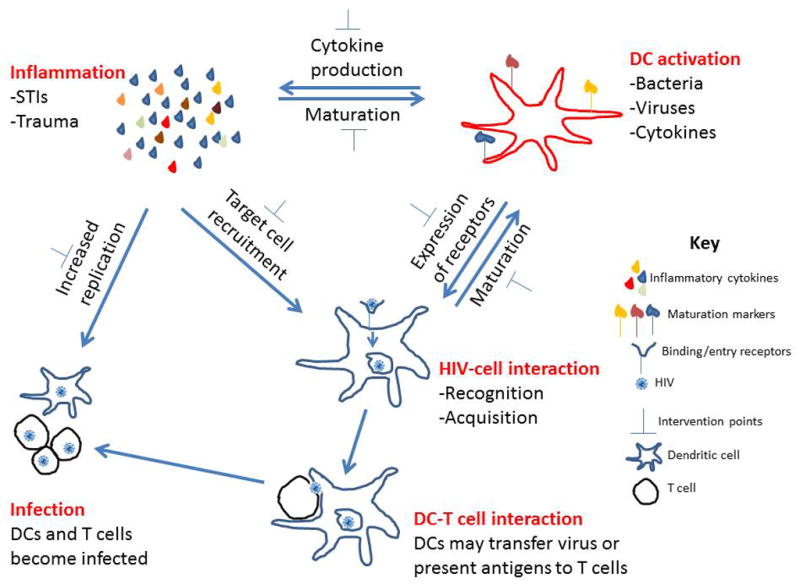“Eczema” is worldwide the most common of chronic (long-lasting) inflammatory skin diseases. Also called atopic dermatitis [“itis” means inflammation], it is a condition of red, inflamed, burning, itchy patches of skin. In severe cases, people experience blistering, bloody and peeling skin and raw, excruciating pain.
In the United States alone, over 30 million people have been diagnosed with dermatitis, with almost twice as many children having the condition as adults. As with most immune disorders, more females have the condition than males, and hospitalization due to flare-ups of the conditions or associated infections is associated with an 8-year reduction in lifespan.
Individuals with dermatitis are frequently embarrassed when they have an outbreak, and the itching “drives them crazy”. They have tried every approach including medications, acupuncture, herbals, creams, ointments, and different detergents. Having dermatitis leads to at least 40% of individuals turning down an educational opportunity or job.
Caregivers especially report feeling frustrated, helpless, sad and guilty when dermatitis occurs in children, placing the entire family under both emotional and financial stress. There is no medical cure for eczema.
Atopic dermatitis is attributed to a combination of genetic and environmental factors. Foods such as dairy, certain nuts, soy, wheat, and allergens such as dust mites, pets, pollens have all been implicated. Additionally there are more than 80,000 chemicals registered for use today in the USA. The bottom line is that researchers do not know what causes dermatitis.
What is known, is that atopic dermatitis is a sign that the immune system, via its inflammatory cells, is overreacting to some agent, and in the process of trying to protect itself, damages by-stander skin cells (autoinflammatory).
In moderate to severe atopic dermatitis, high numbers of inflammatory cells are found both in inflamed and unaffected skin, as well as in the blood. Long term, chronic inflammation leads to skin lesions, blisters and the other symptoms with which people with dermatitis suffer.
As Dr. Eric Simpson, a member of The American Academy of Dermatology has said, “We may not have a cure for atopic dermatitis just yet …[but] tackling inflammation is key.”
Suggestion:
There is no medical treatment for eczema however individuals that have been able to achieve immune balance, homeostasis, have found significant differences in their skin health.
Achieve balance by being physically active 4-6 days a week, consume a smart diet, maintain a healthy weight, do not smoke, or drink in excess. Do take walks outdoors and add a proven immune balancing supplement to your daily diet and see and feel the difference.














